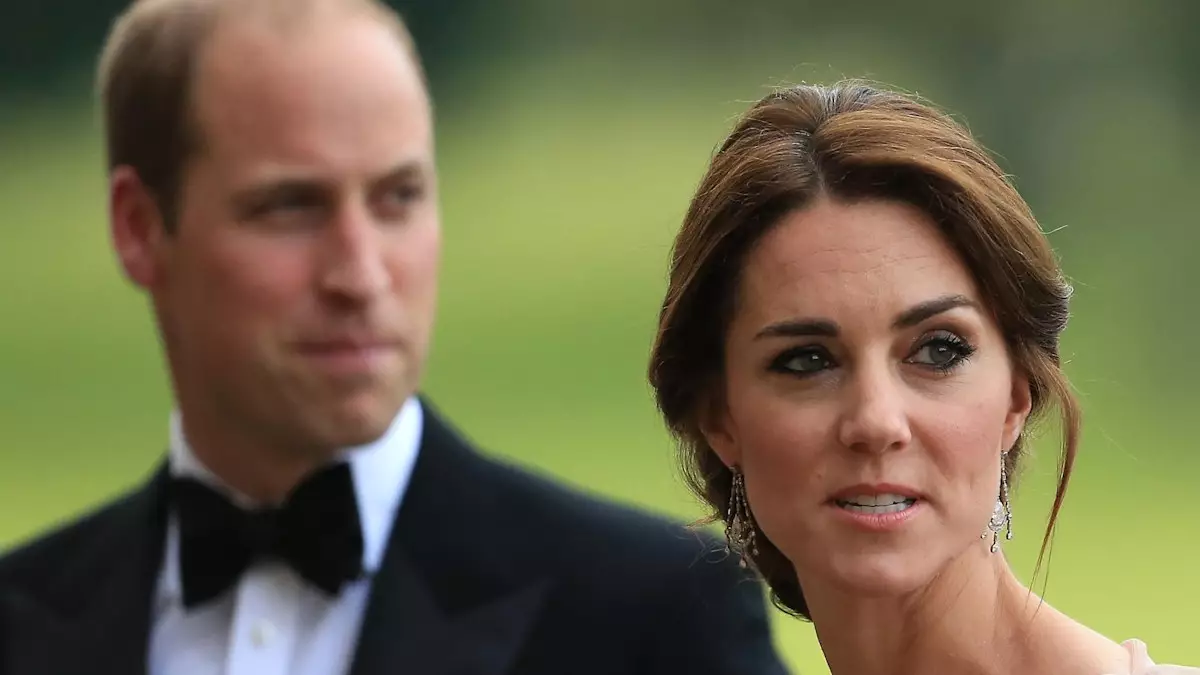The journey of Catherine, the Princess of Wales, through the complex landscape of royal fashion is a narrative rich with evolution, perception, and attitude. In an era where public figures are scrutinized more than ever for their sartorial choices, Kate’s transition from an unassuming socialite to a globally recognized style icon illustrates not only her ability to adapt but also reflects broader societal expectations of royal fashion.
Many may not realize that Kate’s ascension in the fashion hierarchy was not without its hiccups. Initially, after marrying Prince William, Kate’s enthusiasm for fashion sometimes led to choices deemed less than appropriate for her new royal role. An anecdote shared by a close adviser to the Prince reveals that Kate once wore an outfit that elicited a humorous, albeit critical, response from William. This underscores that the evolution of her wardrobe was indeed a gradual journey, marked by trial and error. In this instance, humor softened the lesson; Kate learned what constituted ‘appropriate’ royal attire, navigating from a more casual, carefree approach to something that aligned with her responsibilities as a senior member of the royal family.
It is fascinating to conjure images of her earlier style, wherein she sported new and audacious looks that caught public attention, albeit at times baffling royal watchers. The stark contrast of her outfit choices in her post-college years and her early days of engagement with Prince William reveals a pivotal moment of personal and professional transformation. Those who recall images of Kate at the University of St Andrews, flaunting bold attire—such as the sheer skirt worn as a dress—can appreciate the dramatic shift that was to follow.
Fast forward to Kate’s public engagement with William, and we witness not just an apparent stylistic metamorphosis but a significant leap in how she approached fashion. Her engagement announcement, marked by a classic blue wrap dress designed by Issa, was the turning point. Here was Kate making a statement: not just about herself, but about her newfound role within the royal family.
Kate’s fashion choices began reverberating through society with the ‘Kate Effect’—where outfits swiftly sold out after being sported by the Princess. She embraced tactics that many today deem strategic: championing British designers while also drawing inspiration from diverse cultures during royal tours. Her approach goes beyond surface-level aesthetics; it demonstrates how fashion can serve as a bridge connecting her to both her heritage and the communities she visits, establishing her as a mindful dresser.
One of the most compelling aspects of Kate’s fashion evolution is her deep understanding of royal etiquette and the social dynamics at play. Rather than immediately injecting her personal style into royal events, Kate has become known for her thoughtful approach. She absorbs the essence of each event, allowing her outfits to reflect the occasion and individuals involved. This remarkable quality highlights her intelligence in gauging the royal narrative and how her attire can influence public perception.
Over time, relying on esteemed designers like Alexander McQueen and Jenny Packham has not only enriched her royal wardrobe but also cemented her status as a fashion icon dedicated to elegance, modesty, and contemporary beauty. This persistence in championing British craftsmanship aligns seamlessly with her role, allowing for a harmonious blend of personal expression and duty.
In an age where social media places celebrities and royals under constant scrutiny, Kate Middleton’s fashion evolution stands as a testament to adaptability, resilience, and the idea that style can be a profound expression of one’s identity and responsibilities. From her whimsical ensemble days to establishing a more refined and polished silhouette, Kate continues to shape perceptions of royal fashion.
As the Princess of Wales, she not only embodies modern royal fashion but also serves as an aspirational figure for those navigating their own sartorial journeys. Thus, her story remains a riveting saga of growth, finesse, and the unique balance required when one must don both personal and royal attire—a fashion legacy still in the making.

